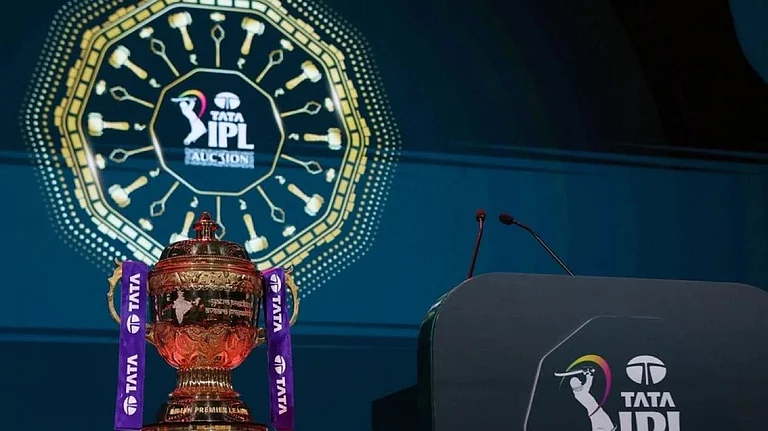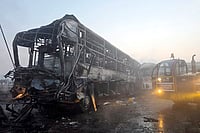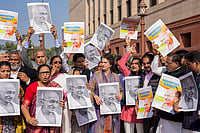Bimal Jalan, former RBI governor, wears, and has worn, several hats. Jalan was chief economic adviser for a long time, a duration surpassed only by Shankar Acharya. Therefore, it’s right to describe him as an economist. Those who work for the government rarely have an opportunity, or inclination, to write for the public. Unless I am wrong, his first book was published in 1991, written and published just before the economic reforms. Since then, Jalan has written/edited several books.
Economists, or every specialist, have a narrow view of the world, viewed through their own prisms. However, every economy has a certain social, legal, institutional and constitutional context. Delinked from that context, the economIST’s view becomes a jaundiced one. Since he was a policy economist, Jalan’s initial books weren’t of the abstract and esoteric kind. They were grounded in reality. Nevertheless, they were books economists would have written. In 2003, he became a Rajya Sabha MP. I notice a change thereafter. Every author’s take is based on subjective experiences. Exposed to politics, though not of the hurly-burly kind, Jalan’s interests got diversified; his books became more interesting. I can’t think of many economists who have had the kind of diversified experience required to write the kind of book Jalan writes now.
This is a slim volume and expands on some earlier ideas. Understandably, there has to be an underlay of economics, such as in the later chapters that look at 2025 and beyond or in the one that is specifically on the financial sector. There is an introduction and an epilogue, adding up to nine chapters. These talk about reforming the working of Parliament, electoral reforms, criminalisation of politics, corruption and administrative reforms. To citizens, the organs of state, as defined in the Constitution, are legislature, judiciary and executive. There is citizen dissatisfaction with all three. In a federal country, not all dissatisfaction can be addressed in New Delhi. After all, there are two other tiers of government and governance too, often more important than New Delhi from the perspective of delivering public goods and services. Bimal Jalan’s focus is on the Centre, and the legislature and the executive. There isn’t much about the judiciary.
India is an indirect democracy. Contrary to impressions floating around, governance decisions aren’t supposed to be taken through referendums, certainly not referendums on social media. Indirect democracy requires faith in institutions. Hence, the governance deficit or lack of faith in such institutions needs to be addressed.
This is the context for this book. The issues have been discussed in the past, including in reports of the Second Administrative Reforms Commission, and will continue to be discussed in the future. It’s useful to articulate them succinctly, as Jalan does. Among the issues covered are Union-state relations, role of Rajya Sabha, electoral reform, functioning of Parliament, ministerial responsibility, civil service reform and administrative reforms, politicisation of criminals (criminalisation of politics), corruption and inclusion (quality of life as opposed to consumption of poverty measures). This is a long list and tomes can be written on any of these topics.
The USP of this book is that in the first seven chapters the main issues under these heads are briefly stated. This leads to the final two chapters, “The Twenty-first Century is India’s Century” and “The India of Our Dreams”. These are an economist’s chapters. But there is a link between institutions and the economist’s classic goals.
“As highlighted earlier,” writes Jalan, “to achieve this goal and meet the challenges that lie ahead, we also need to initiate some political reforms which may take some time to implement after discussion and adoption of necessary legislative measures by Parliament and state assemblies. We now have the ability to initiate reforms in the political and administrative system which can deliver public services to the people with least diversion, delay or multi-tier corruption in the allocation of public resources.” Let me use words Jalan does not use. India’s institutional structure flows from the Constitution and the Constitution is not cast in stone. Within the basic structure doctrine, it has been amended several times. Those amendments have been piecemeal, for a specific purpose. Should one re-examine the Constitution to evaluate changes needed to cater to India’s demands in 2025 and beyond? A commission to review the working of the Constitution was set up in 2000 (report in 2002). Perhaps the idea can be revisited. Within the present institutional structure, India will trundle along. What should be achieved in 2025, will be achieved beyond. With reforms, what will be achieved beyond, will be achieved by 2025.
























